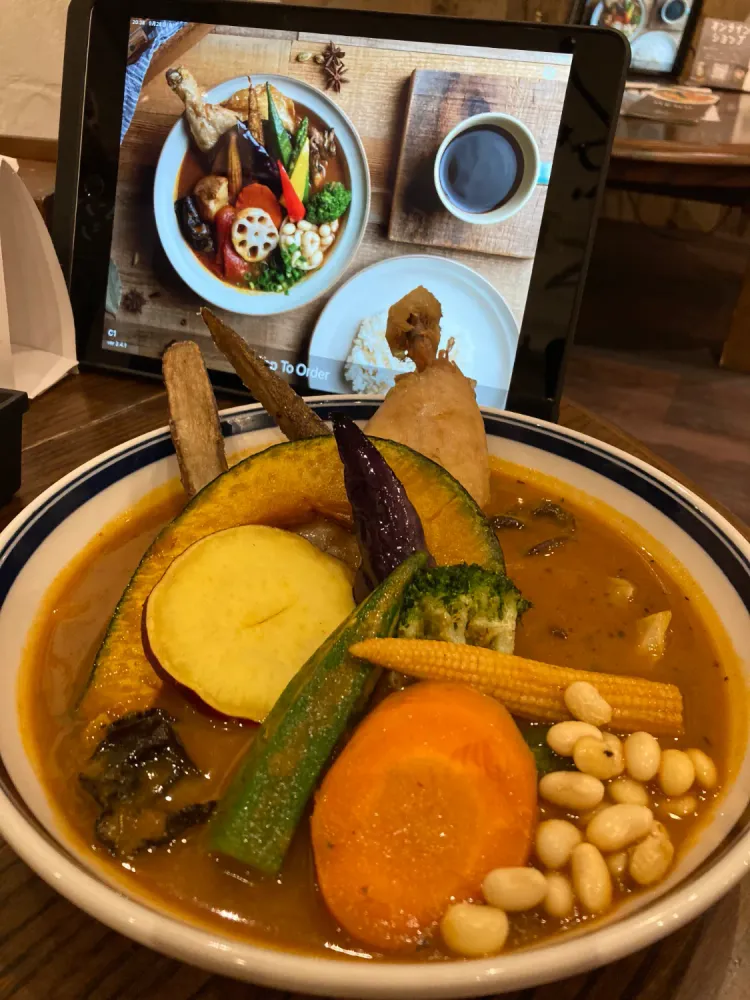Top 10 Unique Japan-only Dishes to try in Tokyo
Don't miss out on these non-mainstream dishes!
1. Soup Kaisendon: Dig into this seafood bowl that transforms with a soup broth
つじ半
Tsujihan
Viral Kaisendon w/ Fresh Seafood & a Hearty Broth
つじ半
Tsujihan
2. Melon Pan: Munch on this buttery melon-shaped bread
浅草花月堂
Asakusa Kagetsudo
Famous 80 Year Old Melon Pan Bakery
浅草花月堂
Asakusa Kagetsudo
3. Japanese Branded Pork Tonkatsu: Bite into some of Japan's unique local pork breeds
豚組食堂
Butagumi Shokudo
Tokyo's Best Tonkatsu Restaurant
- Eat the tonkatsu sideways. (かつは横向き, 横に倒して食す, katsu wa yoko muki, yoko ni taoshite tabemasu) The side that's cut should be facing upwards. (切り口が上, kiriguchi ga ue) - The idea is that by letting the meat-side touch your tastebuds directly, it increases the taste of the pork.
- Place the sauce in the small saucer, and dip a little each time you eat it. (ソースは小皿に, 都度つけて食す, sōsu wa kosara ni, tsudo tsukete tabemasu) Just like how you would eat sashimi (刺身のごとく, sashimi no gotoku) - The idea is not to drench the coating in the sauce but to just dip it a little before you eat it.
- Start with the salt, then try again without adding anything else. (はじめは塩から, 何もつけずに食す, hajime wa shio kara, nani mo tsukezu ni tabemasu) Then go back and eat it with salt, before eating it with the tonkatsu sauce. (塩で食す, ソースで食す, shio de tabemasu, sōsu de tabemasu) - The idea is so that you can experience the natural taste of the pork and how it changes with the different condiments used
豚組食堂
Butagumi Shokudo
4. Jiggly Pancakes: Wobble some of these fluffy Japanese pancakes
フリッパーズ渋谷
Flipper's Shibuya
Tokyo's Popular Jiggly Pancakes Chain
フリッパーズ渋谷
Flipper's Shibuya
5. Mentaiko: Get some free-flow spicy cod roe alongside your Tempura
6. DIY Wagyu Hamburg: Grill your own hamburg steaks
極味や渋谷
Kiwamiya Shibuya
Fukuoka's Famous Kuroge Wagyu Hamburg
極味や渋谷
Kiwamiya Shibuya
7. Roast Beef Don: Try out some slow-roasted beef
ローストビーフ大野秋葉原
Roast Beef Ono Akihabara
Tokyo's Best Wagyu Roast Beef Don
ローストビーフ大野秋葉原
Roast Beef Ono Akihabara
8. Motsu Tsukemen: Slurp down some dipping noodles
ラーメン龍の家
Ramen Tatsunoya
Popular Ramen Shop in Shinjuku, famous for its Motsu Tsukemen
ラーメン龍の家
Ramen Tatsunoya
9. Monjayaki: Tokyo's very own local specialty
月島もんじゃ もへじ
Tsukishima Monja Moheji
Tokyo's Best Monja Restaurant
月島もんじゃ もへじ
Tsukishima Monja Moheji
10. Soup Curry: A hearty Hokkaido dish with fuses Japanese curry and soup
路地裏 カリィ サムライ 吉祥寺
Rojiura Curry Samurai Kichijoji
Popular Hokkaido Soup Curry
路地裏 カリィ サムライ 吉祥寺
Rojiura Curry Samurai Kichijoji
© 2023 Ki Creative. All Rights Reserved.
Due to changing circumstances, readers are advised to do their own additional research. All information on this site is purely for reference only.
Privacy








